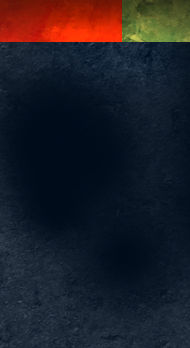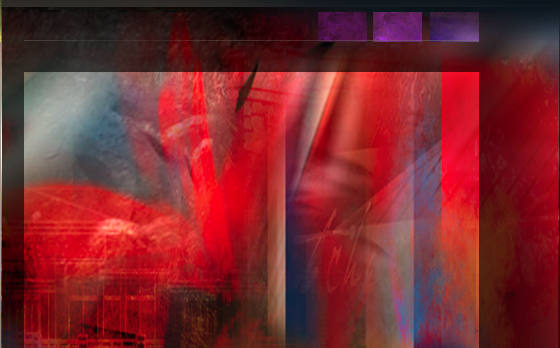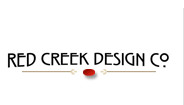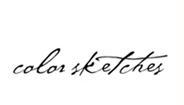Rendering Architectural Elevations
I have created thousands of architectural illustrations, but in each and every one, I try to develop a new technique, explore new ways of using color, or learn something new. This not only keeps the work fresh and interesting, it allows me to grow as an artist and designer.

Creating a ragged edge around the rendered elevation is a technique I use frequently. At first glance it seems simple, but I spend more time on this than you might think. In effect, it creates a negative space in the artwork. Applied carefully, it will create balance, develop focal points, and enhance the motion in the piece.

Blobs of people shaped objects create life and activity while suggesting the scale of the architecture. The lack of detail keeps the focus on the architecture and not on specific characteristics of the people.

Framing a focal point with foreground landscaping will define the artwork’s motion and draw the visitors eye to the main architectural feature. The splash of color in the flowers create a sense of elegance while developing a contrast with the rustic stone.

Depth can be created with lighter colors in the background trees, this is a well known technique. It can also add depth in the foreground, visible in the walkway as it extends towards the viewer. Keep painting and enjoy the experience of trying something new each and every time!
Adding Depth to a Rendered Elevation
A classic form of architectural illustration is the rendered 2D elevation. It can take on many forms: sketch, simple watercolor, marker, rough conceptual or detailed. If you really want to add just a little bit of life to the basic 2D elevation, make it a 2½ D elevation. By adding a little perspective to the foreground, and a little depth to the background, the artwork becomes a little more interesting.

Let’s start with the background. Create a little bit of sky to generate some atmosphere and establish the time of day. Next place a few trees or plants with slightly blurry detail behind the elevation. Then go for just a few more very blurry and lighter colored ones behind them. Voila! Instant depth.
The foreground is next. Flare the walk or a driveway with a little perspective and curve, and you immediately create foreground depth. A second touch just to finish the effect, enlarge the grass and the plants as they approach the bottom of the artwork. A little uneven vignette applied to them will add balance, edginess, and visual movement.




















